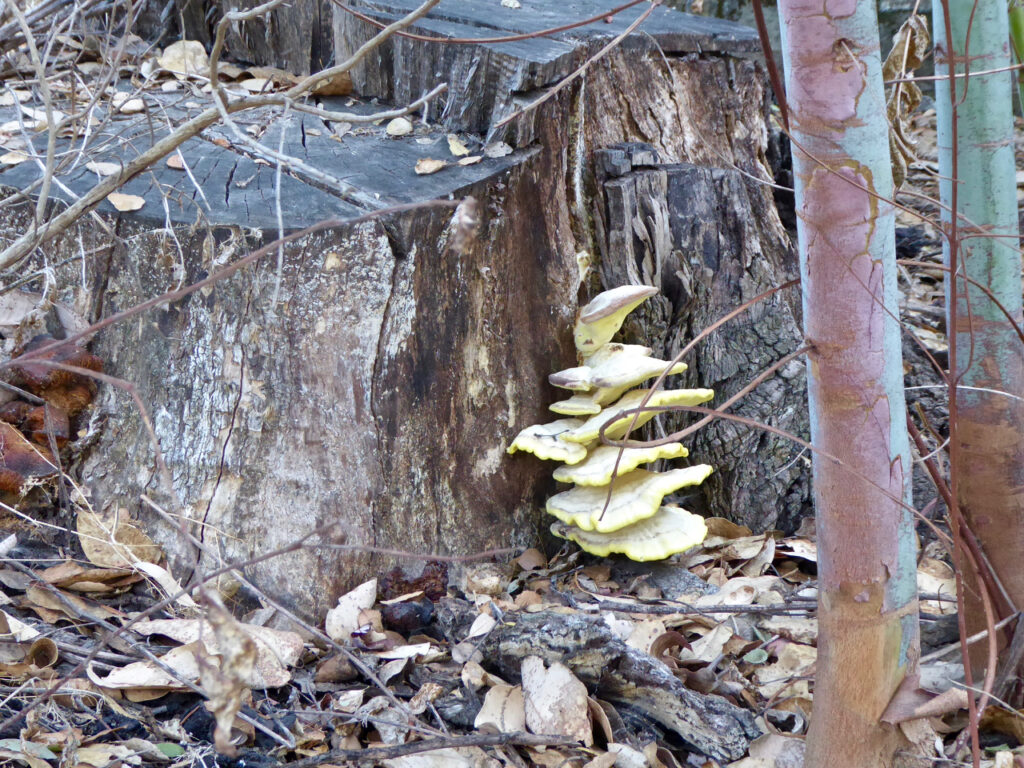The report by the Unitarian Universalist Association’s Commission on Institutional Change puts it starkly: if Unitarian Universalists don’t figure out how to become less white, we will die out (because: demographics).
Fair enough. But we’re seeing rise of the “nones,” people who have no religious affiliation, and so maybe it’s time for organized religion to die. If it’s time for organized religion to die, why should we care?
In a recent article titled “White Christian America built a faith-based safety net. What happens when it’s gone?”, Religion News Service has an answer to this question:
“The growth of the so-called nones doesn’t mean that belief is disappearing, but ‘loosely organized spirituality’ among people who have few ties to each other lacks precisely the organization that can marshal thousands of key volunteers.
“‘They don’t congregate,’ [Brad] Fulton [associate professor of nonprofit management at Indiana University] said. ‘And that is the key thing.’
“Religious congregations, on the other hand, he said, ‘ask people to give once a week, week after week. They tell people about volunteer opportunities once a week, week after week. There is no other social institution like them.’
“In some ways, the infrastructure of religion matters more than the spiritual part. The so-called nones, at least for now, can’t replace that.
“‘There is some upside to organized religion that has very little to do with religion,’ he said. ‘They have a great mechanism to bring people together. It is really hard to identify an organized secular equivalent.'”
This is not far from what Unitarian theologian and sociologist James Luther Adams said in the mid-twentieth century: congregations function as voluntary associations. And congregations provide real and tangible benefits to society.
Another point worth noticing here: Fulton, a scholar of management, says that what congregations do — that no one else does — is to congregate, “week after week.” The loose networks created by social media (so far at least) don’t do this, so unfortunately we can’t expect social media networks like Black Lives Matter to fill this void.






